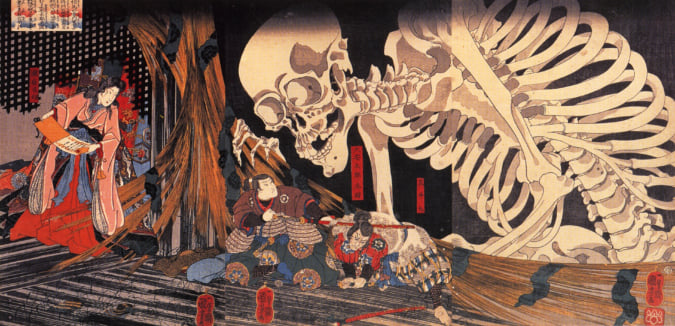In Saitama, the ‘S-House’ Pushes Boundaries
With its network of diagonal surfaces that intertwine and its glass façade, this house grabs the attention.
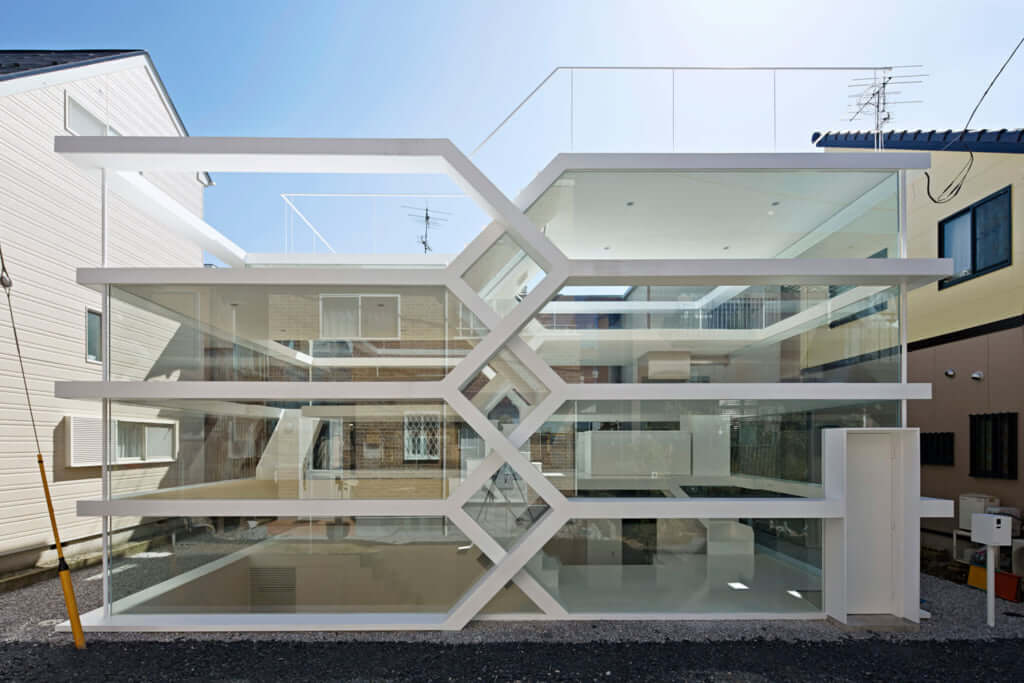
© Koichi Torimura
At first glance, this house built by Yuusuke Karasawa Architects in Saitama, north of Tokyo, looks more like a building you might find at a luxury car dealership than a house where you can live in tranquillity. And yet…
An original interior movement
This lavish house, completed in 2013, comprises two 50 m² floors that cross over in the centre. What initially looks like a stacked arrangement of levels is in fact a rather complex network of diagonal surfaces that intertwine to create an original movement between the basement and roof terrace.
S-House’s originality also lies in its façade that is entirely made up of large bay windows, which offer the residents no privacy (other than in the bathroom), but which add a unique depth and aspect to the building.
S-House (2013), a project by Yuusuke Karasawa Architects, can be found on the studio’s website.
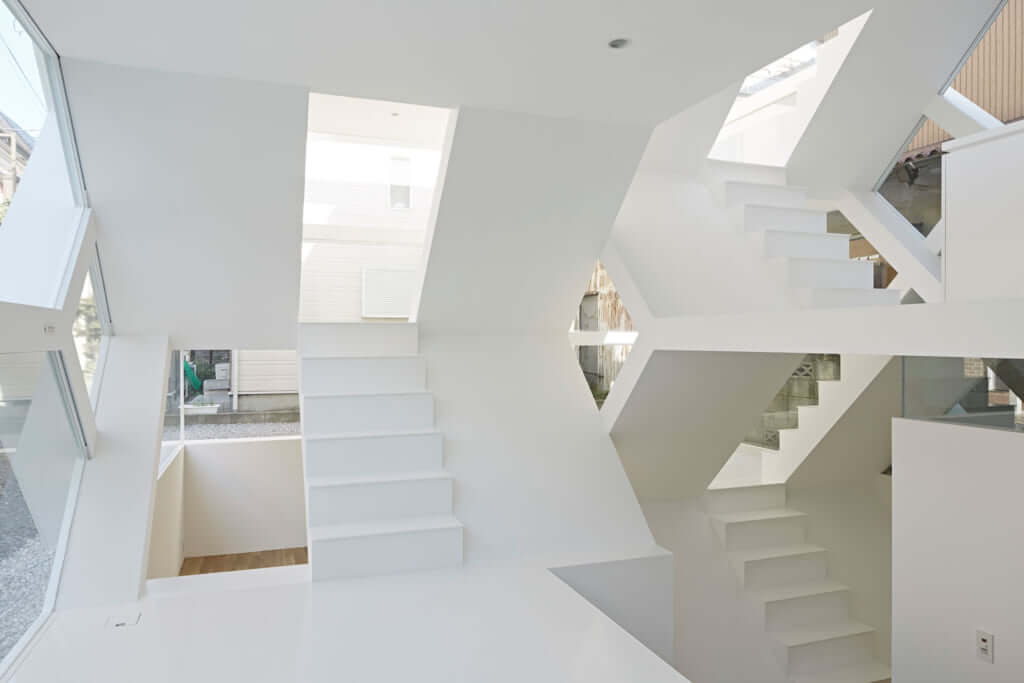
© Koichi Torimura
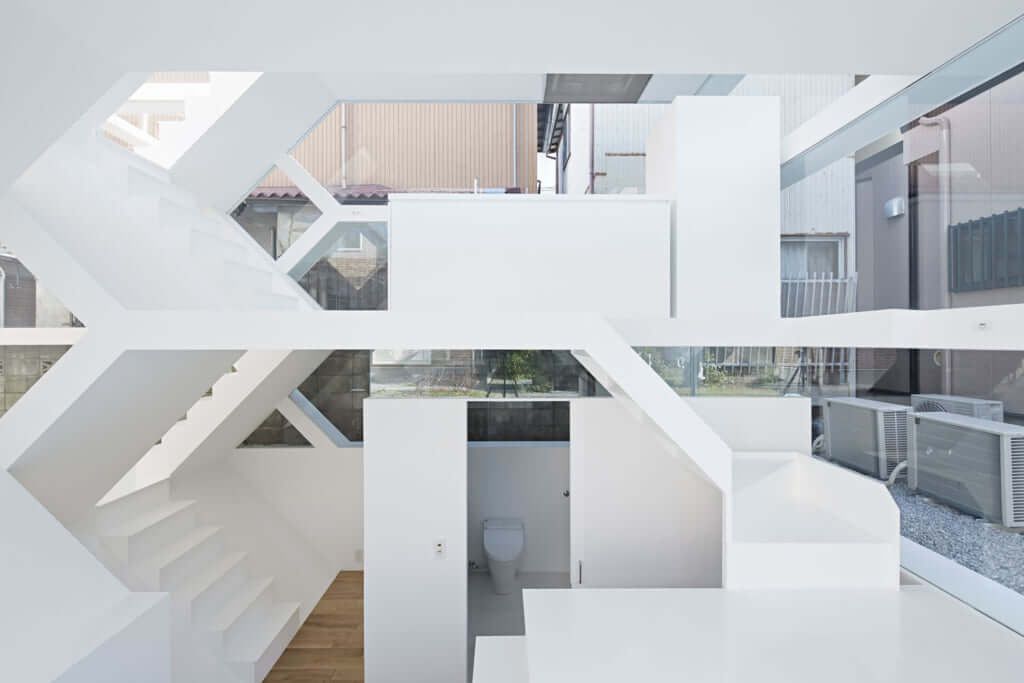
© Koichi Torimura
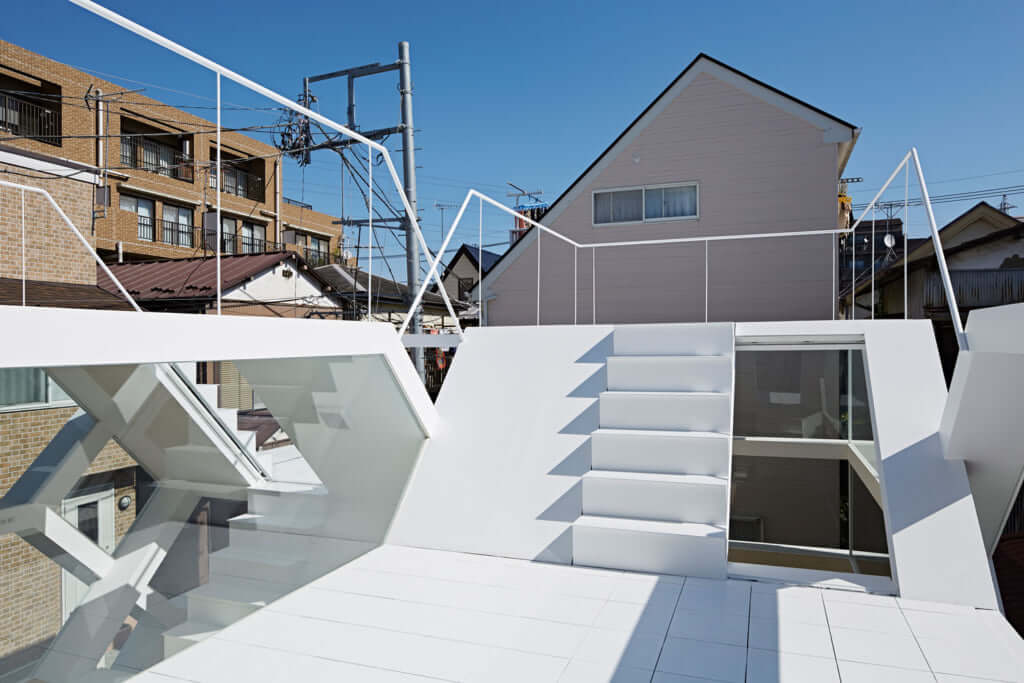
© Koichi Torimura
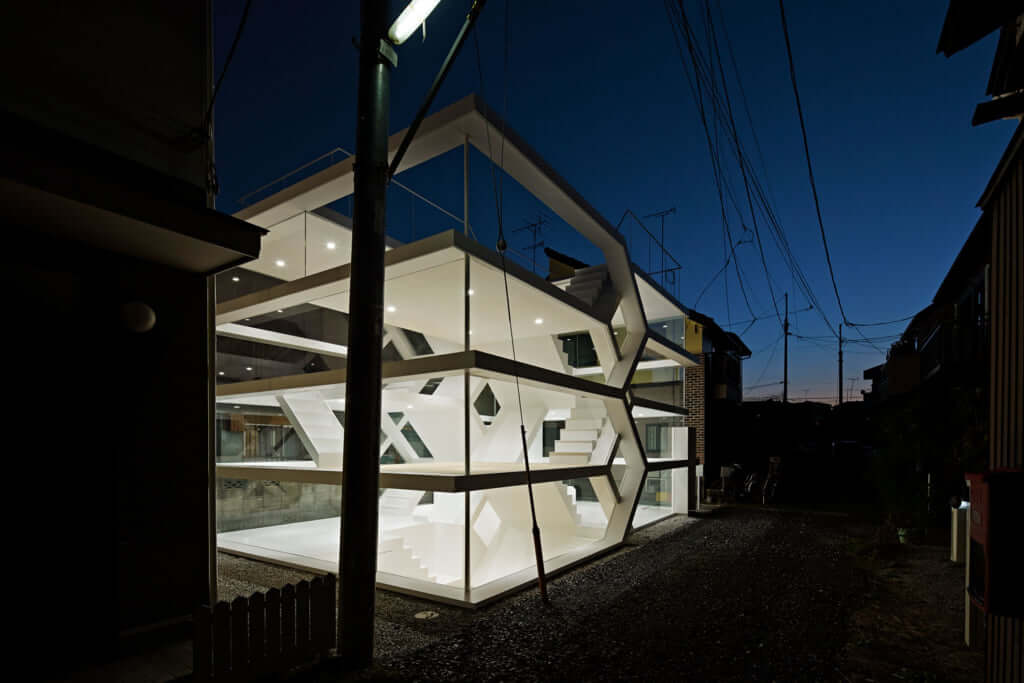
© Koichi Torimura
TRENDING
-
‘YUGEN’ at Art Fair Tokyo: Illumination through Obscurity
In this exhibition curated by Tara Londi, eight international artists gave their rendition of the fundamental Japanese aesthetic concept.

-
Colour Photos of Yakuza Tattoos from the Meiji Period
19th-century photographs have captured the usually hidden tattoos that covered the bodies of the members of Japanese organised crime gangs.

-
A Masterful Film Adaptation of a Short Story by Murakami
'Burning' by filmmaker Lee Chang Dong is based on the short story 'Barn Burning' by the iconic Japanese writer, published in 1987.

-
Gashadokuro, the Legend of the Starving Skeleton
This mythical creature, with a thirst for blood and revenge, has been a fearsome presence in Japanese popular culture for centuries.

-
Iya, Japan's Most Secretive Valley
Buried in lush forests and hard to access with public transportation, this territory on Shikoku island is an invitation to rest.




